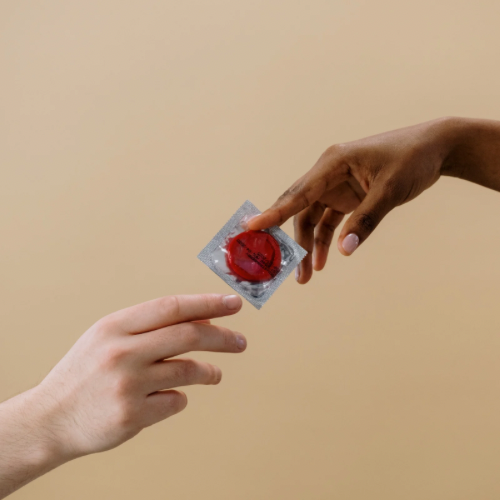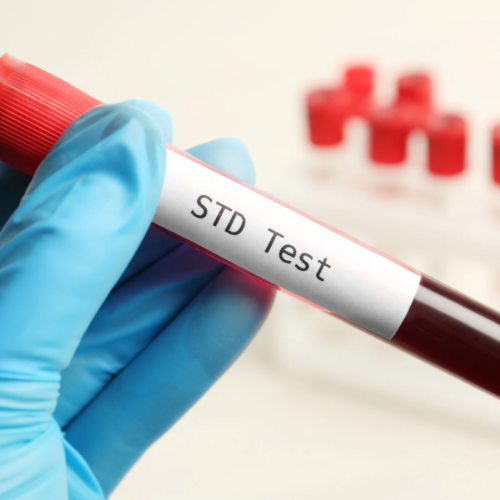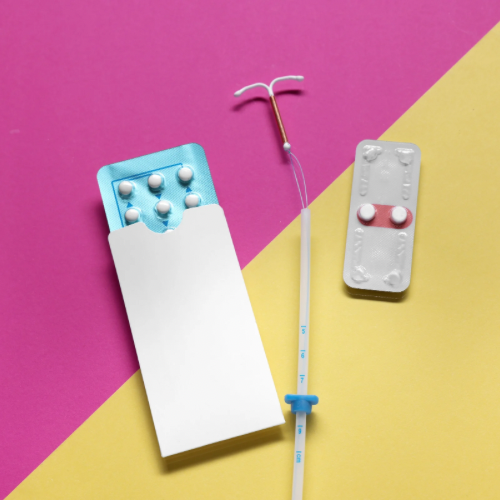Let’s get real: “Safe sex” isn’t about killing the mood—it’s about keeping the vibe alive while protecting you and your partners. Think of safe sex practices as your secret weapon for guilt-free, confident intimacy. Whether you’re a newbie or a seasoned pro, these 10 tips make safety simple, sexy, and stress-free. For a deeper dive, explore Planned Parenthood’s Safer Sex Guide.
Table of Contents
Use Condoms—Every. Single. Time
Condoms are the MVP of safe sex practices. They prevent STIs like chlamydia, gonorrhea, and HIV, and block unwanted pregnancies. Pro tips:
Latex or polyurethane only (skip “natural” materials—they don’t stop STIs).
Size matters: Ill-fitting condoms break. Try different styles (ultrathin, ribbed, glow-in-the-dark!).
Cover toys too if sharing—bacteria loves silicone.

I can’t stress this enough: condoms are your best friend when it comes to safe sex. They’re one of the most effective ways to prevent sexually transmitted infections (STIs) and unplanned pregnancies. Whether you’re engaging in vaginal, anal, or oral sex, condoms help protect against the exchange of bodily fluids that can transmit infections. If you’re not going to use condoms, make sure you’re having sex with someone you trust.
Pro tip: Make sure you’re using the right type of condom for the job. Never use oil-based lubricants with latex condoms, as they can cause the condom to break. Stick to water-based lube for extra smoothness and safety.
Get Tested Regularly—No Excuses!
Why? Many STIs show zero symptoms. Testing is the only way to know your status.
Frequency: Annually if sexually active; every 3–6 months with multiple partners.
What’s tested? HIV, syphilis, chlamydia, gonorrhea, hepatitis. Ask for HPV and herpes tests too.
PrEP power: If HIV is a concern, daily PrEP pills are 99% effective at prevention

If you’re sexually active, getting tested for STIs is a must—and it’s not just about your partner. It’s about your health! So the best way to stay safe is to get tested regularly. With less than 50k, you can do a general STI test. You can consider getting tested at the beginning of a new relationship.
Talk Openly With Partners—Before Things Heat Up
Awkward? Maybe. Essential? Absolutely. Safe sex practices thrive on communication:
Discuss STI status, testing history, and protection preferences.
Set boundaries: “What are you comfortable with?”
Pro tip: Frame it as caring for both of you: “Let’s keep each other safe!”

Open and honest communication with your partner about safe sex is essential. It’s important to be clear about whether you want to use condoms or other forms of birth control, and discuss any concerns you might have. Remember: You’re in charge of your body and your safety. Don’t wait until you’re in the middle of sex to bring it up—have the conversation before you get intimate. This can help you avoid any awkwardness or pressure later on.
Double Up: Birth Control + Barriers
Birth control (pills, IUDs) prevents pregnancy—not STIs. Pair it with condoms for full protection.
Emergency option: Accident happen. Take Plan B within 72–120 hours.

Condoms are great, but if you’re also looking to prevent pregnancy, consider combining them with a form of birth control. Options like the pill, IUD, implant, or injection can significantly reduce the risk of unplanned pregnancy. Just make sure you understand how each method works and choose what’s right for you and your lifestyle. Postinor, postpill are not reliable forms of birth control. They’re meant for emergency situations only.
Limit Partners—Wisely
More partners = higher STI risk. If you’re non-monogamous:
Use barriers with all partners.
Disclose statuses transparently.

It’s tempting to think that casual sex is no big deal, but the more sexual partners you have, the higher your risk for STIs. If you’re going to engage in sexual activity with multiple partners, make sure you use protection every time—even if you trust your partner.
Safe Oral Sex? Yes, Please!
Oral isn’t “risk-free.” Protect your mouth:
Dental dams for vulva/anus contact.
Flavored condoms on penises/toys.
No brushing/flossing right before—tiny cuts welcome infections

Oral sex is fun, but it doesn’t come without its risks. STIs like herpes, gonorrhea, and chlamydia can still be transmitted through oral sex.

Fortunately, there are ways to stay safe while still enjoying oral pleasure. Use dental dams for oral sex on a pussy and flavored condoms for oral sex on a penis. This protects both you and your partner from direct contact with bodily fluids.
Lube = Your Best Friend
Lube reduces friction (and condom breaks!). But choose wisely:
Water-based or silicone: Safe with latex.
Avoid oil-based (coconut oil, Vaseline)—they destroy condoms.
Extra lube = extra comfort, especially for anal sex.

Lubrication can make sex more enjoyable and prevent condom breakage. When you’re using condoms, lubrication is key to reducing friction and making everything feel smoother and safer.
Dodge Risky Behaviors
Skip drugs/alcohol: They cloud judgment and lead to unprotected sex.
No sharing sex toys without washing or re-condoming.
Avoid douching: It spreads infections deeper

Certain sexual activities can increase your risk of contracting STIs. If you engage in high-risk activities like anal sex, it’s especially important to take extra precautions. Make sure to use condoms and consider adding additional forms of protection like PrEP (pre-exposure prophylaxis) for HIV prevention. You can get PrEP in a good hospital around you for free.
Practice Post-Sex Hygiene
Pee after sex to flush UTIs.
Wash hands/toys before touching yourself or others.
Gentle cleansing only—no harsh soaps down there!

After sex, it’s essential to clean up to reduce the risk of infections. This doesn’t mean you have to scrub yourself clean with harsh soaps—just a quick rinse with water is enough. Urinating after sex can help clear out any bacteria from the urethra and lower your risk of urinary tract infections (UTIs).
Consent & Comfort: The Ultimate Safeguards
Safe sex practices aren’t just physical—they’re emotional:
Consent is ongoing: Check in mid-encounter (“You good?”).
Use safe words in kink/BDSM play.
Walk away if pressured. Real intimacy respects boundaries 💛
Safe sex practices evolve as you do. Stay curious, stay protected, and own your pleasure! By using protection, communicating openly, and practicing good hygiene, you can enjoy a fulfilling and healthy sex life while keeping yourself safe.
So, go ahead and make safe sex part of your routine—it’s one of the best habits you can develop for your health and happiness!


Leave a Reply